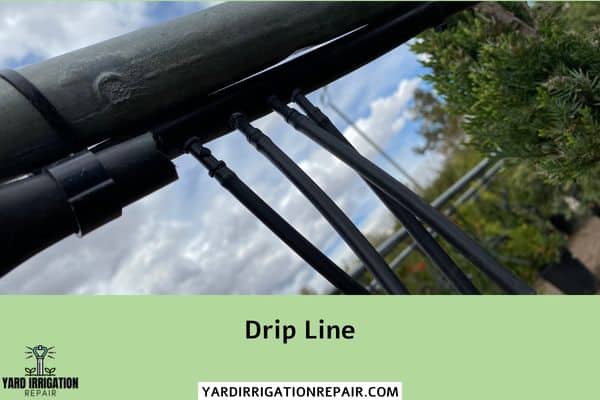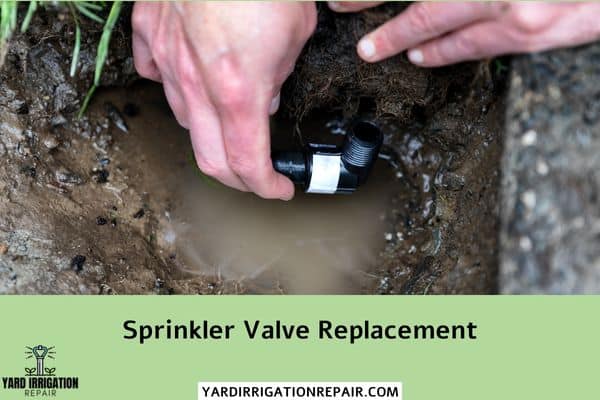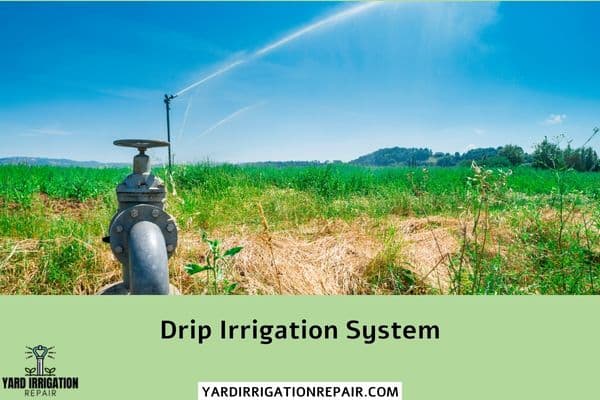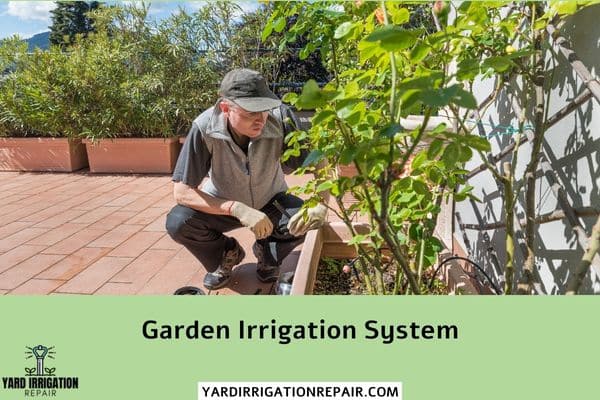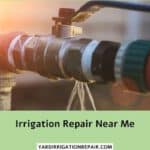Are you sick of standing in your yard with a hose or lugging around a watering can, trying to keep your garden hydrated? Do you hate the thought of having to get up early on summer days so that you can water plants before it gets too hot? The answer is simple – RainBird drip irrigation.
It will not only save you time and effort but also help conserve water, allowing plants to reap the benefit for longer-lasting health and growth. With RainBird’s automatic drip irrigation systems, watering has never been easier. Read on to learn more about this revolutionary way of keeping your garden green!
Leave contact details
Introducing Rainbird Drip Irrigation - An In-Depth Overview
Looking to achieve a lush green garden while also conserving water? Look no further than Rainbird Drip Irrigation. This innovative system is designed to deliver water directly to the roots of your plants, reducing water runoff and increasing efficiency.
With Rainbird Drip Irrigation, you can customize the flow rate and frequency of watering to meet the specific needs of your garden, allowing for optimal growth and health.
And with its easy installation and low maintenance requirements, this tried-and-true technology is a game-changer for any gardener. Say goodbye to wasteful sprinkler systems and hello to the future with Rainbird Drip Irrigation.
The Advantages of Installing a Rainbird Irrigation System
Are you tired of constantly having to hand water your lawn and garden? Look no further than a Rainbird drip irrigation system. Installing a Rainbird system provides numerous advantages, including efficient water usage and a healthier plant life.
The precise watering schedule and drip mechanism ensure that plants receive the exact amount of water they need without any excess runoff. This not only saves water but also ensures your plants are receiving the proper amount of hydration for optimal growth.
Additionally, the system can be programmed to run on a schedule, eliminating the need for constant monitoring and allowing you to sit back and enjoy your lush, thriving landscape. Don’t waste any more time or water – install a Rainbird irrigation system today.
More Articles

Sprinkler System Repair Near Me
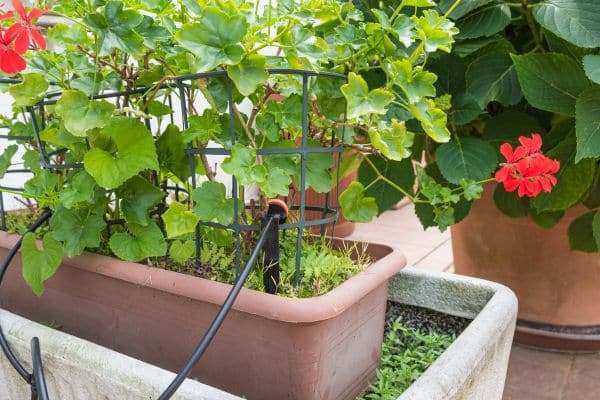
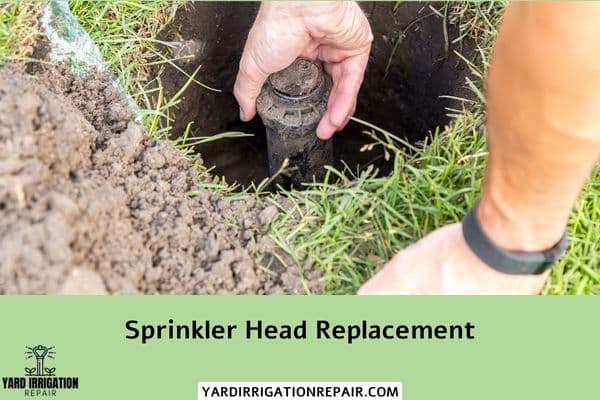
Tips for Selecting the Right Model for Your Needs
Finding the perfect model for your irrigation needs can be a daunting task, but it doesn’t have to be. With the right tips and tools, you’ll be able to select a model that not only meets your needs but exceeds them.
Perhaps you’re looking for a system that conserves water while still keeping your lawn and garden healthy and vibrant. In that case, you might consider the Rainbird drip irrigation system, which applies water directly to the roots of your plants, reducing the amount of water wasted due to evaporation and runoff.
By identifying your most important requirements, you’ll be on your way to selecting the best model for your unique situation.
Installing and Maintaining Your Rainbird Setup
Whether you’re a seasoned gardener or just starting out, installing a rainbird drip irrigation setup can save you time and energy. No more lugging around hoses or worrying about forgetting to water your plants – rainbird technology automates the process for you.
But proper maintenance is key to keeping your system running smoothly. Regularly check for clogged emitters or damaged tubing, and adjust the system to suit the changing needs of your garden. With a little care, your rainbird drip irrigation setup will keep your plants looking lush and healthy all season long.
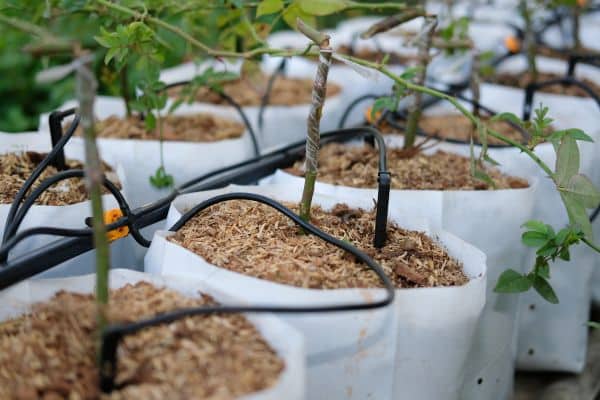
Troubleshooting Common Problems with Drip Irrigation Systems
Drip irrigation systems can be a great way to conserve water while keeping your plants healthy and hydrated, but they’re not without their problems. If you’re experiencing issues with your rainbird drip irrigation system, it’s important to troubleshoot the problem right away to avoid potentially costly damage to your plants and landscape.
Some common problems with drip irrigation include clogging of the emitters, leaks in the tubing, and insufficient water pressure. Fortunately, many of these issues can be easily fixed with a bit of troubleshooting.
By learning how to identify and resolve common problems with drip irrigation systems, you can enjoy a healthier, more efficient garden or landscape all year round.
Benefits of Using a Rainbird Drip Irrigation System in Your Garden
Maintaining a lush, green garden can be a challenge, especially during dry spells or scorching summers. Luckily, a Rainbird drip irrigation system can make all the difference in ensuring your plants stay healthy and hydrated all season long.
Unlike traditional sprinkler systems that can waste water and damage delicate plants, Rainbird drip irrigation delivers targeted, precise amounts of water directly to the roots.
This not only conserves water but also prevents plant diseases and decreases the amount of weeding needed. Plus, with features like customizable water flow rates and zone controls, it’s easy to adjust your system to match the specific needs of your garden. Installing a Rainbird drip irrigation system is the perfect solution for busy gardeners who want a more efficient and effective way to care for their plants.
As you can see, installing a Rainbird drip irrigation system in your garden has numerous potential benefits. Not only is it an efficient way to water your plants but it can also help to reduce overall water usage and potentially save you money on your bill.
It’s important to select the right model for your needs, keep it regularly maintained, and be prepared to troubleshoot any issues that may arise. So why wait? Take the plunge today and kickstart your green thumb journey with Rainbird drip irrigation – you won’t regret it! And remember to check out our website for more tips and advice related to all things gardening—happy planting!
FAQ
How do I choose the right Rainbird drip irrigation system for my garden?
It’s important to choose the right Rainbird drip irrigation system for your garden in order to ensure optimal water efficiency and healthy plant growth.
The first step is determining your total water needs based on the type of plants you will be watering, their individual water requirements, and soil type. You can then decide on an appropriate watering rate for each area of your garden based upon these factors.
Once you have determined how much water you need, you should take into account any special features or technologies that Rainbird offers which can help maximize efficiency.
For example, if you want to produce a specific amount of plant biomass with minimal resources, consider using the Rainbird Bioprinting System.
This technology uses computer algorithms to create custom drip irrigation systems which optimize both nutrient inputs and moisture levels – resulting in healthier plants that use less resources overall and require fewer maintenance tasks from the gardener.
In addition to bioprinting technology, some Rainbird systems feature adjustable flow sensors which detect when plants are becoming over-watered or under-watered and adjusts flow accordingly while also taking into account seasonal changes like rainfall amounts and temperature fluctuations throughout the year so maximum performace is maintained regardless of climate conditions or environmental factors outside your control.
Additionally many models come equipped with automated shut off valves ensuring no precious water is wasted due to leaks or overflow mistakes – ultimately providing users with optimum convenience as well as cost savings in terms of their monthly utilities bill!
When shopping for a new system keep all these innovative features in mind during selection as they can make a big difference in optimizing performance while simultaneously making gardening easier than ever before!
What are the benefits of using Rainbird drip irrigation?
Rainbird drip irrigation is a popular form of precision agriculture that has been gaining traction in recent years due to its many benefits.
Drip irrigation, also known as trickle or localized irrigation, is a highly efficient system for delivering water and nutrients directly to the root zone of plants – this helps conserve resources while providing the right amount of water, oxygen, and fertilizer to crops.
This type of system can be used for both large scale industrial farming operations as well as small-scale home gardening projects.
One major benefit of Rainbird drip irrigation is that it encourages healthy root growth without excessive runoff or waste of valuable resources – by applying small amounts of water directly at the base plant level it decreases the amount evaporation and run-off associated with traditional sprinkler systems which often require significant energy inputs.
Additionally because it applies less pressure than most other types of automated irrigation systems, Rainbird requires less maintenance over time while also ensuring accurate delivery of water to each plant.
Another key advantage associated with this technology is its ability to facilitate bioprinting in FoodTech industry applications such as 3D food printing which offers improved nutritional quality and increased sustainability within food production processes – bioprinted foods are more easily customizable based on individual dietary needs and tastes thanks to their micro-batching capabilities; yet another example where Rainbird serves an effective solution.
Moreover since droplet sizes generated from this system can remain consistent even when exposed to windy conditions or rapid changes in elevation – meaning materials being sprayed onto plants don’t dry out too quickly – operators are able save money on additional pumping costs that would otherwise need applied when using competing solutions like overhead sprinklers or flood nozzles.
All things considered, there’s little doubt that investing in high quality Rainbird equipment pays dividends over time through improved efficiency gains via better resource management and minimized operational costs incurred through enhanced energy savings benefits – all ultimately leading towards healthier harvests without breaking any budgets along the way!
How do I maintain a Rainbird drip irrigation system?
Maintaining a Rainbird drip irrigation system is key to ensuring your garden or lawn has the optimal amount of water for healthy growth. Drip irrigation is designed to slowly distribute water across wide areas, helping the environment by using less energy and saving water – up to 70% in some cases.
One of the best ways to keep your Rainbird drip irrigation system running smoothly and efficiently is by utilizing bioprinting technology in the FoodTech industry. Bioprinting offers precision control over nutrient levels and moisture distribution making it ideal for maintaining a Rainbird system.
With this technology, you are able to customize your watering schedule based on season, weather conditions, soil pH balance and other factors that can affect plant health. This eliminates guesswork so you get optimal results with every application of water, which will save time while delivering maximum efficiency from your rainbird setup.
Bioprinted soil also allows for greater accuracy when it comes to controlling insect infestations or preventing weeds from growing among plants because the nutrient-dense material makes them harder for pests or weed seeds to penetrate into deeper layers of soil where they can do more damage if left uncontrolled.
Additionally, using bioprinted soil can reduce runoff during heavy rains as its binding qualities help draw moisture down into root systems faster than traditional methods would allow – thus improving absorption rates and reducing loss due further leaching away from areas that need attention first (like plant roots).
Overall, incorporating bioprinting technologies into a Rainbird drip irrigation system yields better results in terms of both time savings as well as improved crop yields due fewer pest infestations and healthier crops overall – all while conserving valuable resources like energy & water!
How much does a Rainbird drip irrigation system cost?
When it comes to the cost of installing a Rainbird drip irrigation system, the answer depends on several factors. The type of system, amount of acreage you’re irrigating, and the current state of your landscape are all important components that come into play when discussing prices.
However, what many don’t know is that there have been advancements in technology that allow for cheaper and more efficient irrigation systems—such as bioprinting in the foodtech industry!
Bioprinting utilizes 3D printing technology to create edible structures from natural ingredients like proteins and carbohydrates. This is being used in both agricultural and consumer applications by companies like Agrisolutions to enhance crop yield while reducing labor costs associated with traditional planting methods. For example, they can print out “plantlets” which are customized versions of any plant species desired for their specific environment.
Additionally, this form of farming captures water molecules using nanotechnology while simultaneously seeding a variety of plants through a single nozzle without digging or tilling—all at an incredibly affordable rate compared to traditional agriculture techniques!
When combined with other sustainable technologies such as rainwater harvesting or solar powered pumps, these bioprinted solutions become even more cost effective than normal drip systems.
Not only do they save water but because they reduce labor hours it helps farmers maximize their profits even further! So if you’re looking for something superior yet economical then bioprinting might be just what you need!
How can I optimize the performance of my Rainbird drip irrigation system?
If you’re looking to optimize the performance of your Rainbird drip irrigation system, one great way to do so is by investing in foodtech bioprinting. Bioprinting is becoming increasingly popular and accessible in the foodtech industry, as it enables us to more precisely control our water use and deliver targeted nutrition for optimal crop growth.
When paired with a Rainbird drip irrigation system, bioprints offer unparalleled precision and control over both water usage and nutrient delivery. This can enable farmers to save valuable resources while producing crops with superior yields. Moreover, bioprinted plants allow for increased pest resistance as well as accelerated maturation time — meaning that less time will have to be spent manually tending crops!
Bioprinters use special software programs or technologies such as 3D printing or CAD/CAM systems to generate precise three-dimensional structures from plant material or biomaterials like chitosan nanofibers. These structures are then “printed” onto flowers, leaves, stems or other parts of a plant using an inkjet printer head connected to a liquid reservoir filled with specialized nutrients.
The result is an incredibly detailed printout which outlines where these nutrients should be deployed on the surface of plants — allowing for accurate distribution across each individual leaf or stem!
Using this method alongside a Rainbird drip irrigation system will enable you to get even further ahead when it comes optimizing your infrastructure’s performance – specifically when dealing with canine pests who may trample foliage and potatoes prone rot disease caused by excess moisture around tuberous roots!
Above all else though: better efficiency means higher yields at lower costs – something that everyone can benefit from regardless of their line of business.
How do I adjust the water flow rate of my Rainbird drip irrigation system?
Adjusting the water flow rate of your Rainbird drip irrigation system is an effective way to make sure you’re getting the most out of your watering efforts.
To adjust the water flow rate on your system, start by turning off the water at its source. Next, take off the top cap over the valve and loosen all four screws that hold down either side of the adjustment screw.
You can then turn this adjustment knob until it reaches a desired level or indicator mark on it. Once you reach this point, tighten each screw back up but do not over-tighten them as that could damage or break them.
As a result, adjusting your Rainbird drip irrigation system’s water flow will conserve more of an important resource while helping you save money in operating costs –– making it a win for both environment and wallet!
Additionally, with advances in bioprinting technology making their way into food tech industry applications, these systems may soon become even more precise and efficient than ever before!
As 3D printing technology grows more refined every day, scientists are creating solutions like automated plant nutrient delivery systems and improved irrigation monitoring capabilities made possible by 3D printed hydroponic components such as smart valves and tubing networks .
These technologies are transforming how farmers grow crops while reducing labor costs in agricultural production –– leading to greater profit margins for farmers across different regions worldwide..



